Discover Rural Crete

Rural Crete is a perfect place for anyone wanting to leave the busy city and enjoy nature.
It has olive groves, captivating landscapes, and traditional homes. The countryside allows visitors to see real Greek culture. People can stroll through narrow streets, enjoy peaceful sea views, and feel the warmth of Cretan villages. Every spot shows the island’s natural beauty along with its rich cultural history. Rural Crete offers countless wonders for travelers who are looking for calmness and tradition.
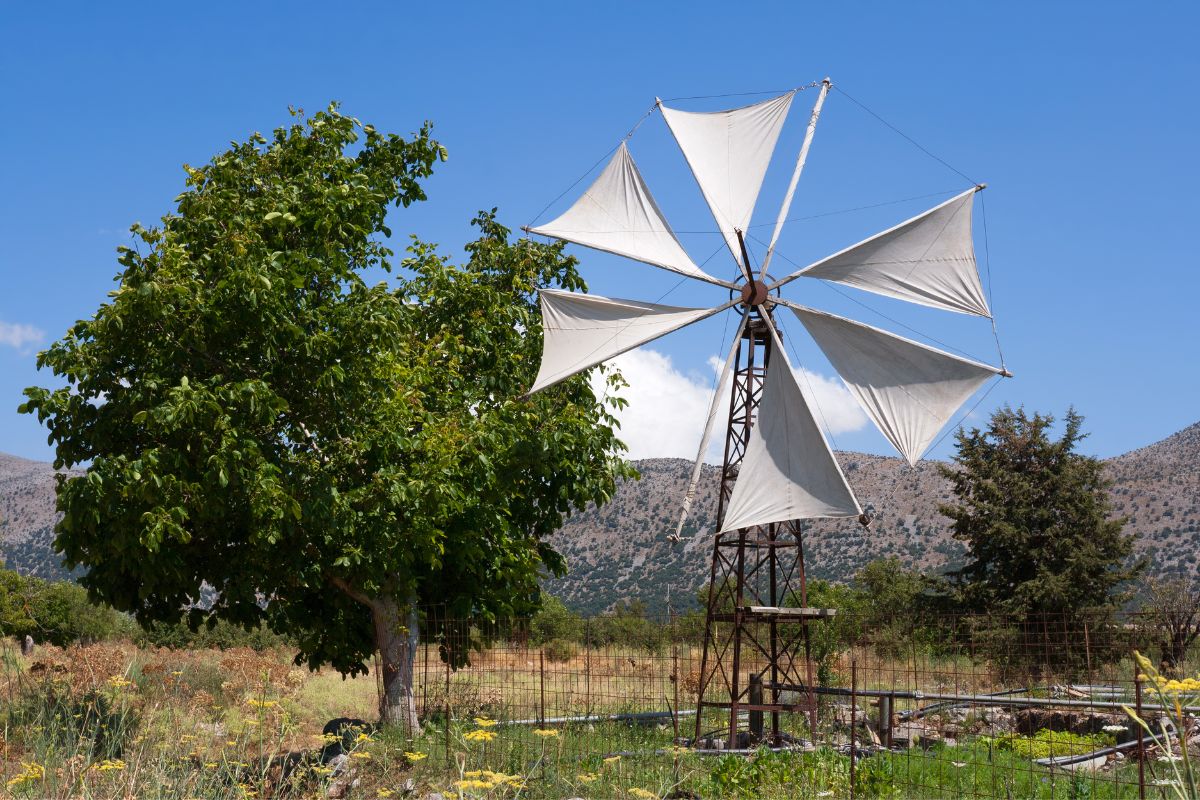
Exploring Rural Crete: An Overview
Stepping into rural Crete reveals a landscape filled with small villages and large olive groves. Life here moves slowly, letting visitors enjoy the island’s traditions. The hills, valleys, and coastal plains have endemic plants, cared for by locals for a long time. You can explore historical sites in the major cities or enjoy Cretan food at local tavernas in the villages. Rural Crete gives an authentic escape. Its natural beauty and cultural importance make it perfect for travelers looking for peace and a connection.
The Charisma of Rural Crete
Rural Crete is well-known for its olive groves. These groves spread across the hills like a green blanket. The ancient olive trees reflect life in Crete and produce some of the best local olive oil. During summer, the groves are quiet, but they burst into life in November for the olive harvest. This time often shows great teamwork among neighbors. The calm countryside offers stunning sea views seen from many villages. Away from the busy city life, these views bring peace. The cool coastal winds mix well with the fresh air of rural Crete. Villages in this area have a rich culture, kept alive by community life. When you visit a local home or join activities like picking medicinal herbs, you will see the allure that makes Rural Crete a true Mediterranean treasure.
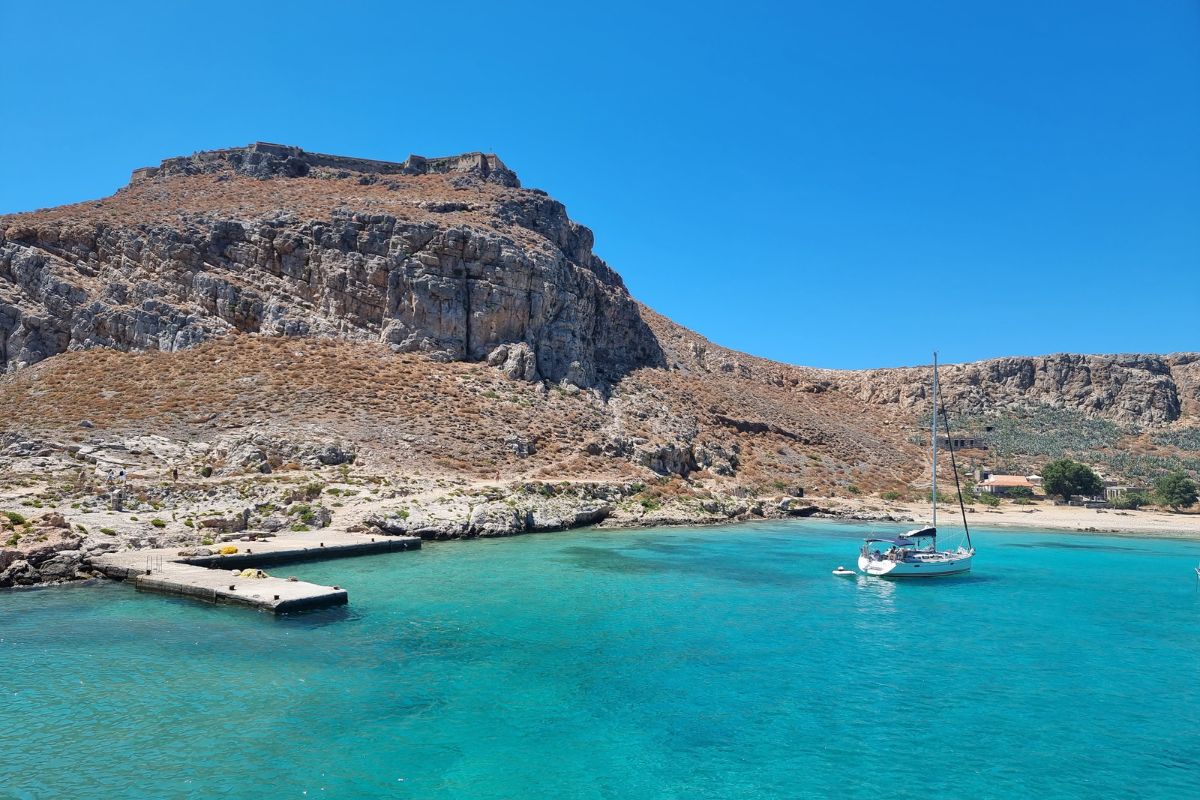
Regions of Interest in Rural Crete
From Heraklion to Rethymno, the regions of Crete have a mix of big cities and small villages. Heraklion is remarkable because it has a lot of history, including the nearby Knossos ruins and important cultural sites. People love to explore the history of ancient Greece here. Rethymno is delightful with its small villages that have cobblestone streets and traditional homes. Spili Village, for example, invites visitors to check out its public springs and beautiful buildings, making it a calm getaway. In Lasithi, areas like Plaka and Sissi are close to must-see places and have easy access to lovely beaches. These smaller villages are friendly and full of history, making sure every guest feels at home. Each region is one-of-a-kind in Rural Crete, making it great for exploration.
The Villages of Crete: A Closer Look
The villages in Crete are beautiful and full of grace. They mix history, culture, and natural beauty. The mountain villages give great views, while the coastal areas are close to the sea. Each village has its appeal. Life in these villages centers around village squares, local tavernas, and friendly places for the community. These smaller villages let you witness authentic village life. You can enjoy Cretan hospitality or find a quiet spot among olive groves. The villages truly show the island’s many beauties. Let’s look at what makes them different.
Life in Mountainous Villages
Mountain villages in Crete provide stunning views that seem to go on forever. They sit among rolling vineyards and valleys, making them great for outdoor activities like hiking and exploring trails. The Psiloritis mountain range is home to villages such as Meronas, known for its calm vibe and cultural experiences. Living in these villages shows Cretan traditions. Locals often work in agriculture, pick herbs like diktamos, or take part in community festivals. These activities keep village life lively and friendly. These villages also offer authentic Cretan places to stay, including traditional homes and guesthouses. By staying here, visitors connect with local customs and the land. If you want to hike in the mountains or enjoy the rural scenery, the mountain villages provide amazing experiences.
Coastal Villages and Their Allure
Coastal villages in Crete, like Plaka and Sissi, show a peaceful atmosphere. They offer easy access to beautiful sea views and quiet beaches. Plaka is close to Mirabello Bay and has crystal-clear waters that are perfect for resting. You can visit local tavernas along the coast, where you can enjoy culinary delights like fresh seafood with local wines or raki. The coastal area is even better because it’s near pretty spots like Spinalonga Island. You can reach it by taking boat tours. These villages mix natural beauty and traditional Greek architecture, making them great for a relaxing trip. You can wander down narrow cobblestone roads to vibrant community squares. This blend of old traditions and modern comforts makes a visit to Crete’s coastal gems truly exceptional.
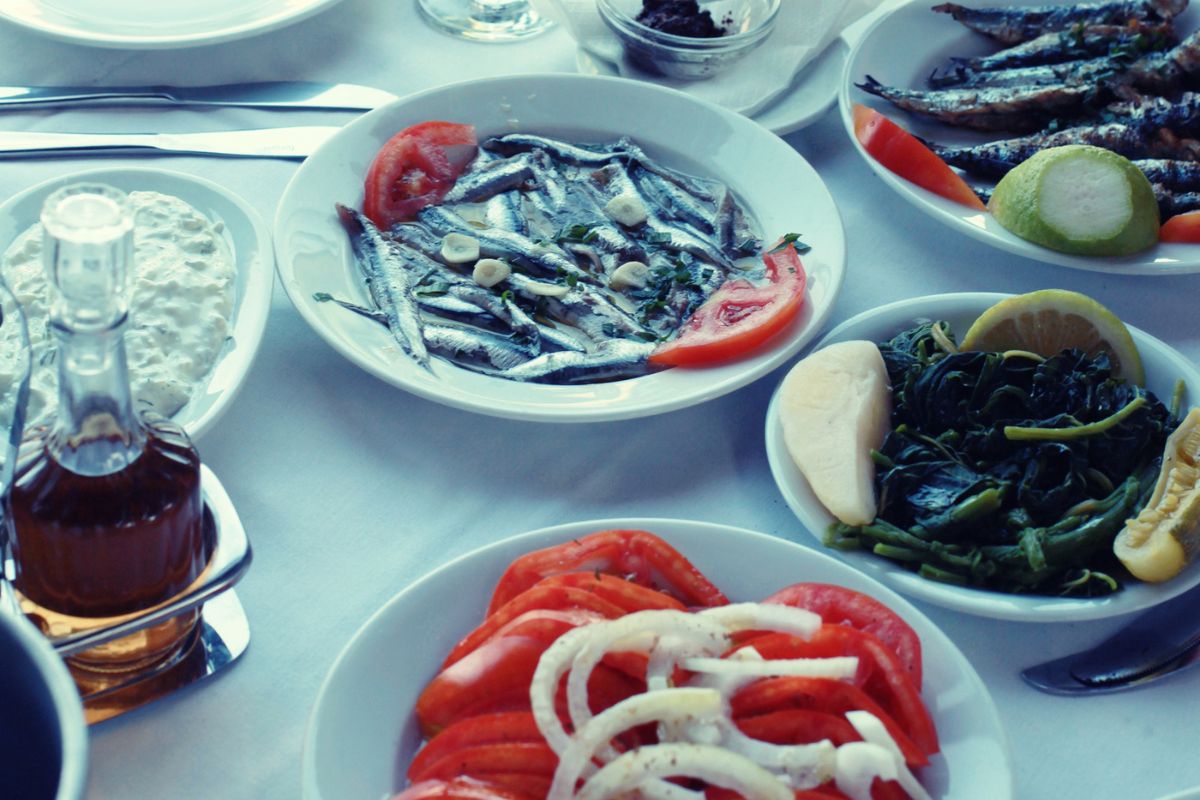
Cultural Heritage of Rural Crete
Crete’s cultural heritage is deeply connected to its rural life. This connection shows through ancient traditions, celebrations, and strong community ties. Each village keeps its identity alive with local festivals that feature music, dance, and Cretan customs. Traditional Cretan homes reflect the island’s history and values. They give a valuable look into the strong character of the people. Anyone visiting Crete can witness these cultural experiences up close. Let’s discover how celebrations and family connections shape the cultural fabric of Crete.
Traditional Cretan Celebrations
Rural Crete comes alive with its local festivals. These events mix music, dance, and a sense of community. They take place in village squares and often feature cultural experiences, like feasts in traditional homes.
- Music and Dance Performances: Enjoy the lively sounds of the Cretan lyra and watch traditional dances.
- Religious Festivities: Churches such as Panagia Kera invite you to join meaningful ceremonies that show deep religious faith.
- Food and Drink: Festivals showcase local dishes served with raki. This creates an authentic Greek experience.
These celebrations bring together locals and travelers in joyful gatherings. They highlight Crete’s significant traditions. Attending a festival or interacting with villagers provides lasting memories and a better understanding of island life.
The Importance of Family and Community
Family homes are the center of village life in Crete. They help create close communities built on respect and shared culture. Villagers often live together, sharing things like olive oil or fruit from their trees. Local culture flourishes in these homes and cafes. Stories about history and heritage are shared among neighbors. The island’s warmth makes sure every visitor feels welcome, as hospitality is a big part of being Cretan. As you walk through the villages, you will see people involved in activities like pottery-making or enjoying time outdoors together. This way of life captures the spirit of Crete, where old values stay alive in a new world.
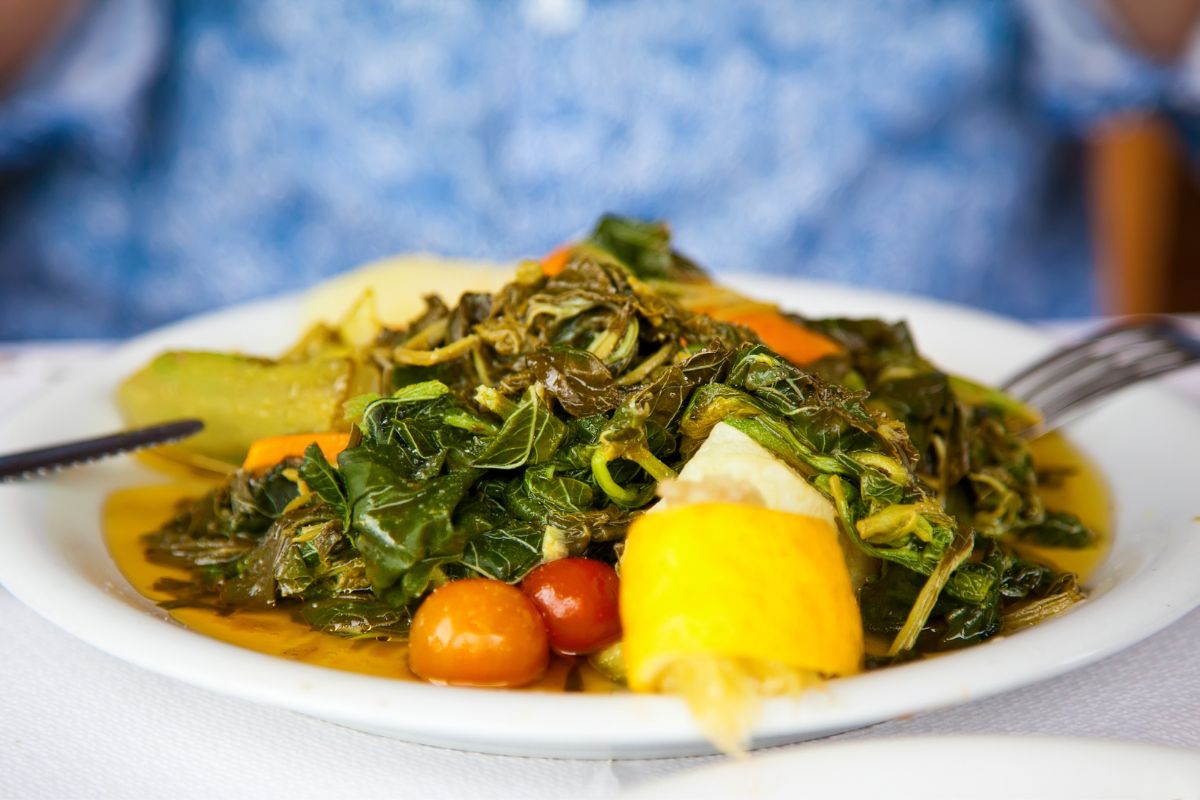
Culinary Delights in Rural Crete
Rural Crete is a great place for food lovers. It has dishes made from fresh, local ingredients. Olive oil, herbs, and vegetables are in many traditional recipes that please your taste buds. Local tavernas are the best spots to enjoy tasty meals. Their menus are full of authentic Greek dishes. You can try spoon sweets and savory cured meats. Every bite connects you to the culture of Crete. Let’s explore more about the food traditions and must-try dishes on the island.
Local Ingredients and Traditional Recipes
Crete’s cooking culture is deeply tied to its local ingredients. Olive oil, from ancient olive trees, makes almost every dish taste better. Fresh herbs like oregano and rosemary add wonderful flavors to the island’s famous recipes. Many farmhouses and women’s groups make “glyka tou koutaliou” – sweet spoon desserts with fresh fruits. People often enjoy these as a treat or with yogurt and coffee. Signature dishes, like kapaki (cured meat), show how locals use both fresh and preserved foods. The hard work of villagers helps keep these cooking traditions alive. Each recipe brings visitors closer to Crete and its people. Eating in Crete is much more than just good food; it lets you enjoy the spirit of a lively island culture.
Must-try Dishes for Visitors
Crete offers a true Greek experience through traditional food. You should try these must-try dishes:
- Dakos: This is rusk bread topped with tomatoes, olive oil, and feta.
- Siglino: This is smoked pork, and it goes well with local wine.
- Moussaka: This dish has layers of potato, eggplant, and meat covered in béchamel sauce.
Many local tavernas also serve freshly grilled seafood along with raki, a popular spirit in Crete. For dessert, enjoy spoon sweets made from quince or bergamot oranges. Eating at these tavernas lets you fully enjoy Crete’s valuable food traditions. This will make any visit more memorable.
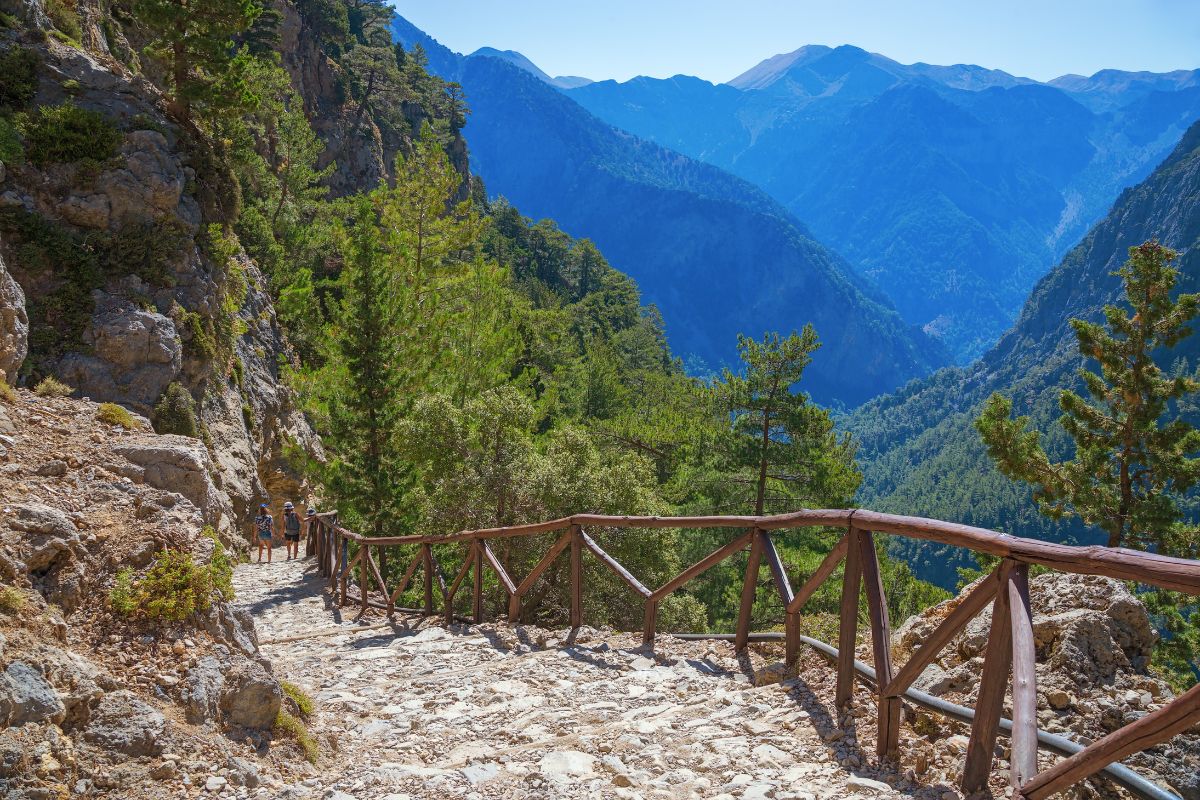
Outdoor Activities in Rural Crete
The Cretan landscape has many activities for people who love the outdoors. You can hike on quiet trails or watch birds in the olive groves. These activities help you connect with nature and enjoy peaceful moments. If you like quiet country paths or are interested in the birds on the island, Crete offers wonderful experiences with its natural beauty. Let’s look more closely at these outdoor adventures.
Hiking Trails Worth Exploring
Exploring the hiking trails in rural Crete shows amazing views, from olive groves to mountain views. Each path goes through traditional villages. This lets hikers enjoy real Greek culture and village life. One route, the hike to the Cave of Zeus, provides physical challenges. It also shows ancient ruins that make the journey more interesting. Discovering these trails is an excellent choice for outdoor enthusiasts who want peace. After a day of adventure, there is easy access to local tavernas for relaxation.
Bird Watching and Nature Walks
Exploring the beautiful landscapes of Rural Crete gives fantastic chances for bird watching and nature walks. The area has many different ecosystems, like olive groves and vineyards. Here, bird lovers can find rare birds while enjoying amazing mountain views. The narrow streets of small villages lead to quiet paths, where the sounds of birds mix with village life. You can easily access local shops and tavernas, making it simple to spend a relaxing day in the island’s natural beauty. Enjoy the calm as you connect with the lively wildlife and rich culture of the area.
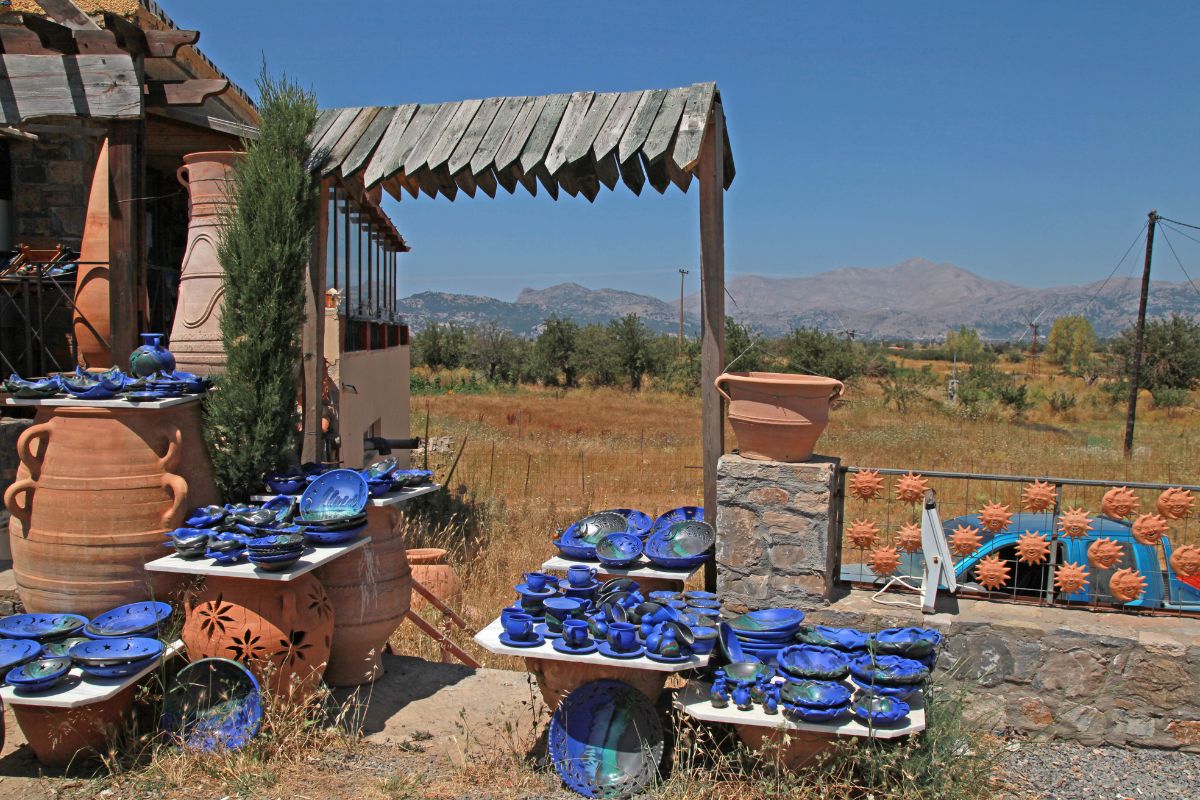
Arts and Crafts in Rural Crete
Exploring the arts and crafts of rural Crete shows a rich blend of traditional skills and local culture. Cretan pottery is famous for its beautiful designs and bright colors. It shows many years of craftsmanship. The techniques used come from generations past. They reflect the area’s historical significance and its ties to nature. Weaving is another important art that shows village life. It often features designs inspired by the stunning mountain views and olive groves. Each piece tells a story. These crafts are a key part of Cretan identity.
Traditional Cretan Pottery
Making traditional Cretan pottery is an art that has been shared for many years. It shows the rich cultural heritage of the region. Artisans use local materials to shape clay into both useful and pretty pieces. These items often have designs inspired by nature and village life. Each pottery piece is not just beautiful; it connects to the island’s historical significance. Visitors can check out workshops in the smaller villages. They can meet the locals and watch how these amazing works of art are made.
The Art of Cretan Weaving
Cretan weaving is colorful and full of detailed patterns. It shows the rich culture of the island. This craft is usually done in small villages. Local materials and old techniques are used, passed down over generations. It highlights the skills of talented artisans in these areas. The process creates useful items and tells the stories of village life and community spirit. Visitors can join craft workshops to learn more about the history and importance of this cherished tradition.
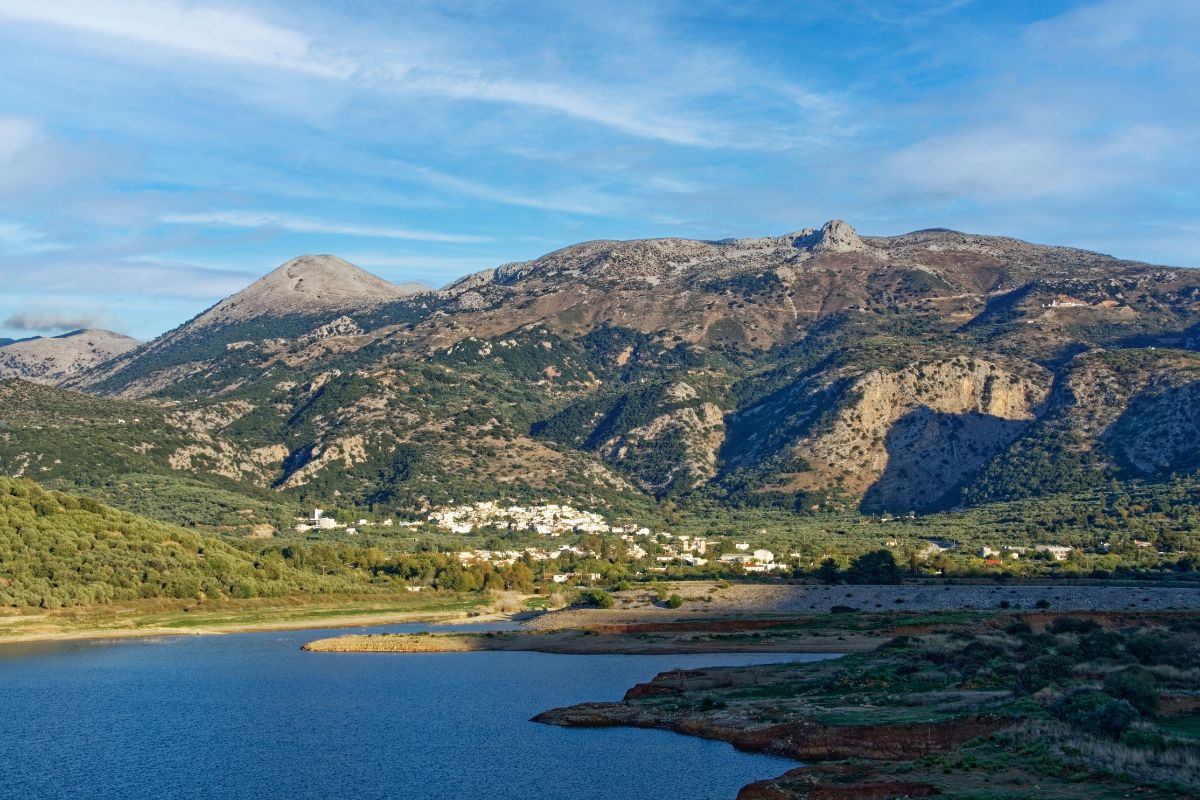
Sustainable Tourism in Rural Crete
Embracing sustainable tourism in rural Crete lets you enjoy the region’s natural beauty and help local village life. Visitors are invited to connect with the land through eco-friendly practices. You can enjoy olive groves and vineyards that thrive with care. By staying in local accommodations and eating at traditional tavernas, tourists can support the economy and keep the culture alive in these small villages. Sustainable tourism preserves the vibe of Crete and creates genuine Greek experiences that visitors will remember long after they leave.
How Villages Maintain Sustainability
Villages in rural Crete work hard to be sustainable. They mix tradition and new ideas. Local communities focus on farming methods that keep the natural beauty around them, like organic olive groves and vineyards. These smaller villages care about responsible tourism. They offer eco-friendly places to stay and activities that honor local culture. Also, they have projects to cut down waste and use renewable resources. For example, they produce local olive oil. This helps residents continue their lifestyle while taking care of the environment. Their commitment keeps the community thriving for future generations.
Benefits of Eco-friendly Travel
Traveling sustainably can make exploring rural Crete even better while helping to protect its natural beauty. Eco-friendly choices often create memorable moments with the local culture. Travelers can enjoy family-run tavernas and buy local olive oil and raki. Staying in green accommodations lets you live in traditional homes that show the authenticity of village life. Supporting these practices helps the environment. It also builds stronger bonds with the vibrant community and highlights their historical significance in the island’s culture.
Exploring rural Crete gives you a real Greek experience full of its lively culture and amazing natural beauty. You will be welcomed into traditional homes and small villages. Here, local tavernas serve tasty dishes made with local olive oil. The blend of mountain views and sea views creates a breathtaking scene that brings peace. Meeting friendly villagers leaves you with memorable moments. Rural Crete is a great choice for anyone looking for calm and excitement. Enjoy the appeal of this lovely area while learning about its rich historical significance.
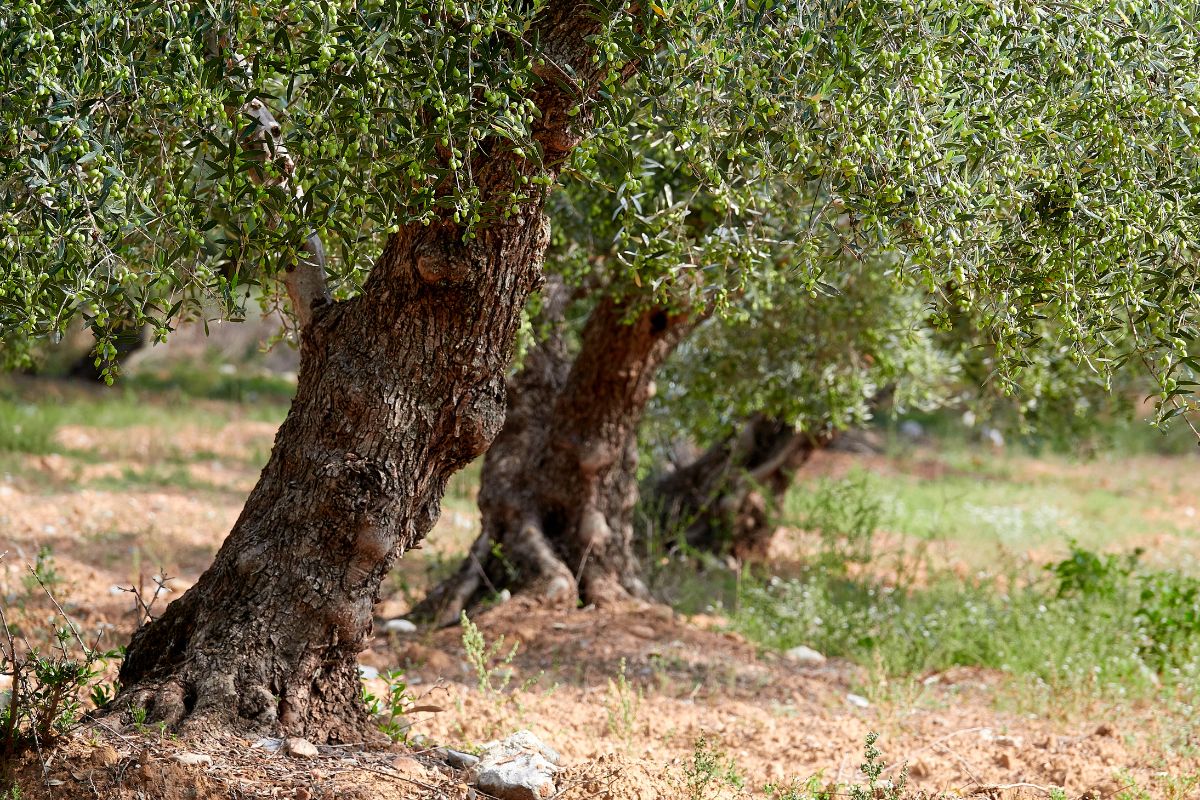
Frequently Asked Questions
What is the Best Time to Visit Rural Crete?
The best time to visit rural Crete is in spring, from April to June, and in fall, from September to October. During these seasons, the weather is nice. There are fewer crowds, and the natural beauty is vibrant. This makes it great for hiking, bird watching, and enjoying the local culture in a more personal way.
Are There Any Local Festivals That Tourists can Attend?
Yes, tourists in rural Crete can join many local festivals that celebrate traditions, music, and food. Important events are the Cretan Wine Festival and the Feast of St. George. These lively celebrations offer a deep look into local culture and the spirit of the community.
How can Visitors Contribute to the Local Economy?
Visitors can help the local economy in rural Crete. They can do this by shopping at local stores, buying handmade crafts, and eating at family-run tavernas. Taking part in tours led by locals also helps keep the culture alive. It makes sure that tourism brings real benefits to the community.
